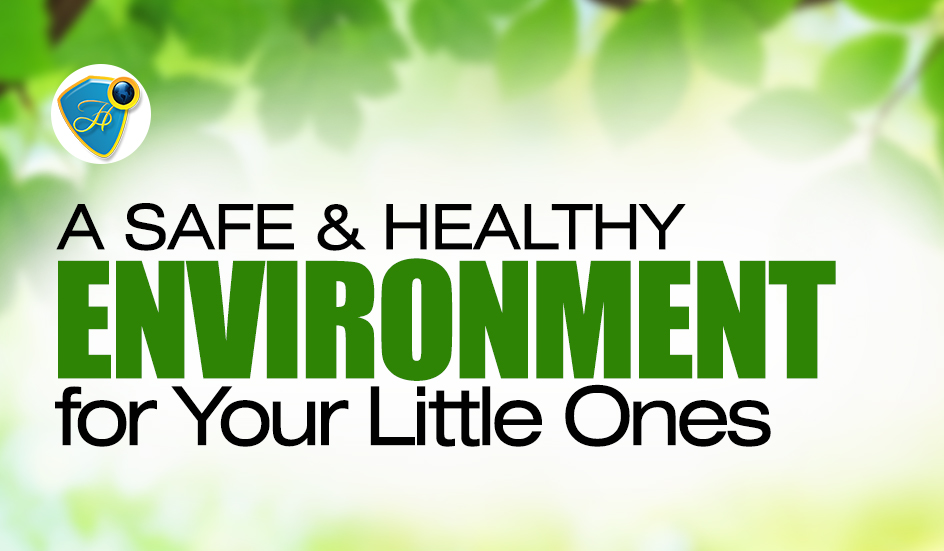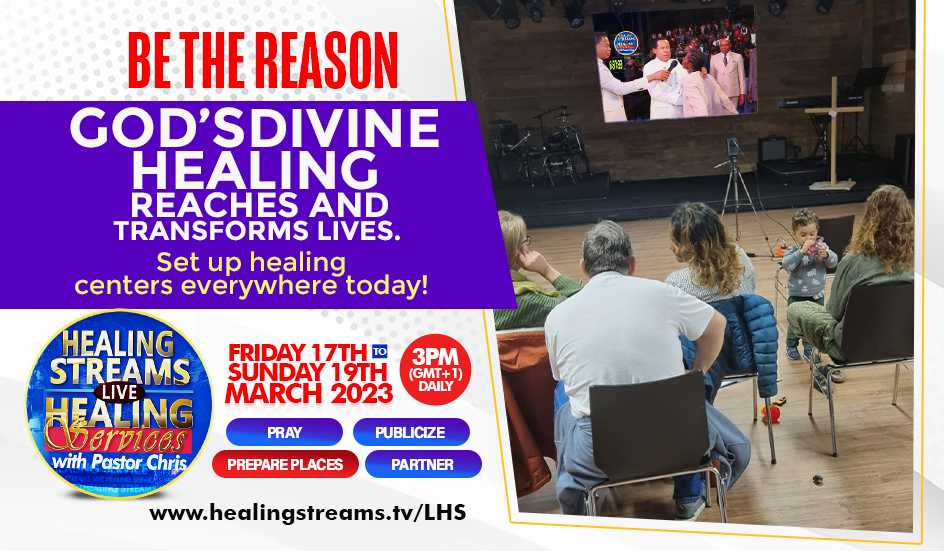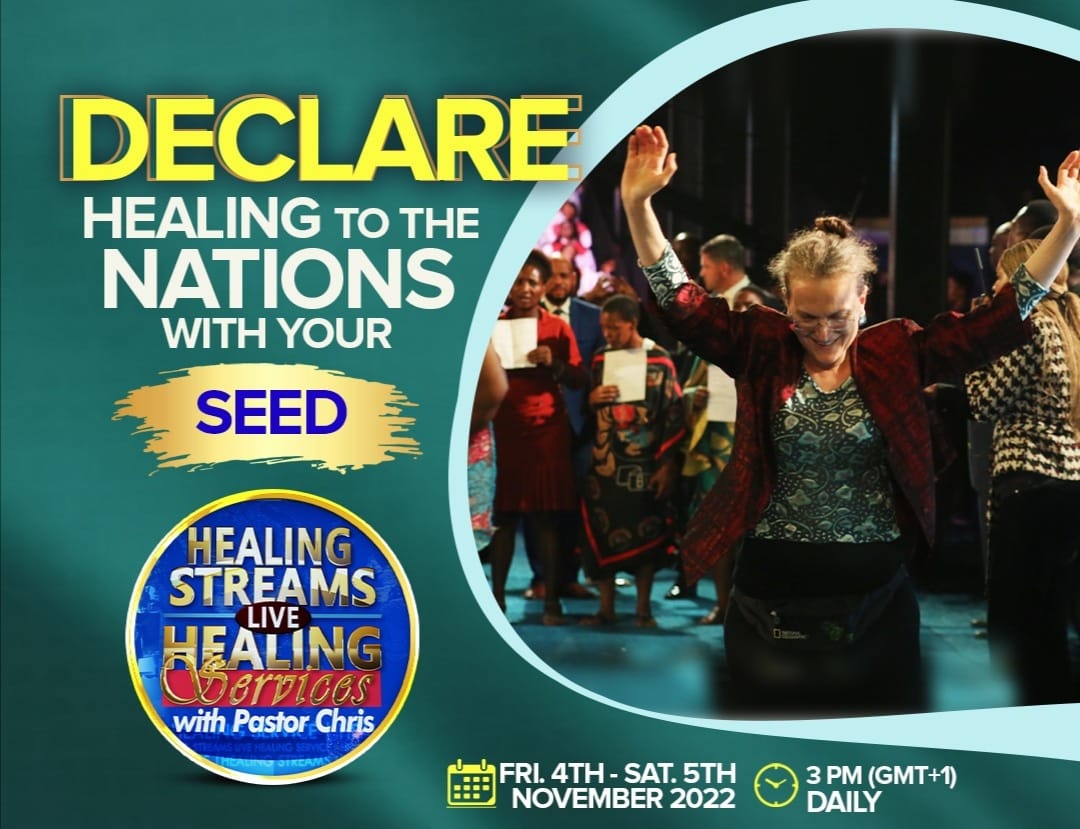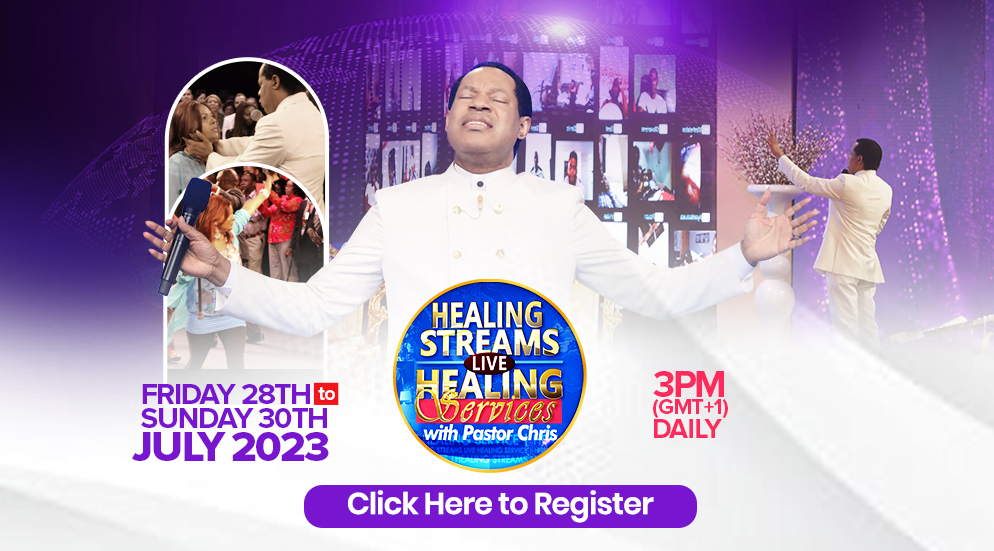
Children are God’s gift to us and it is our responsibility to ensure their wellbeing at all times. One of the ways to do this is to create a safe and healthy environment for them. Here are a few tips we’re sure will help.
Speak the Word. God’s Word is the most potent tool that you have. The Bible says the Word of God is “… life unto those that find them, and health to all their flesh” (Proverbs 4:22). Speak health and life to your children always. Keep the Word in your mouth; you’ll definitely experience the results it talks about!
Ensure healthy nutrition. The importance of a healthy balanced diet cannot be over-emphasized. Offer small amounts of food frequently throughout the day, rather than large meals. This makes nutrient absorption easier for a toddler’s little stomach. Select rounded meals with fruit, vegetables, full-fat dairy products, and oily fish. Babies benefit immensely from the antibodies present in breast milk, so experts recommend exclusive breastfeeding in the first six months.
Make safety a priority at all times. This will affect furniture arrangement, positioning of appliances, fire safety measures, placement of fragile objects, using child-proof locks, etc. Accidents can occur in any part of the house, so it’s crucial to check everything to ensure that the home is safe. Remove all hazards from the environment, including spilled liquids, misplaced toys, toxic substances (e.g. detergent and disinfectants) not properly stored, unbalanced/broken furniture, and damaged electrical fixtures. Keep medication bottles, loose pills, coins, scissors and other small or sharp objects out of the reach of children.
Engender a culture of good hygiene. Help your toddler wash their hands with soap and water after handling toys, playing outside, car trips, etc. Don’t let them spend too much time in warm, enclosed environments. Take them outdoors in the fresh air as much as possible.
Be first aid ready. Accidents might still occur, no matter how vigilant one is. So, make a first aid kit consisting of basic items such as sticking plasters, bandages, gauze, tape, antibacterial cleansing wipes, sling/scarf, thermometer, tweezers, scissors, safety pins, and paracetamol. Also keep all emergency instructions inside the first aid box, particularly for care givers. Learn the age-appropriate first aid techniques for cardiopulmonary resuscitation (CPR) – for when a child loses consciousness; and the Heimlich maneuver – for when a child is choking. Visibly display emergency numbers for quick communication and ensure every person in your household is aware of them. Add in-case-of-emergency (ICE) numbers to all phones in the house; these should include the parents’ work and cell phone numbers, doctor’s number, neighbors’ or nearby relatives’ numbers, numbers for the ambulance service and fire department, etc.
Emotional health helps physical health. Create a good balance between rest and activity in your family life. Take time to relax with your toddler and pursue activities you both enjoy.








